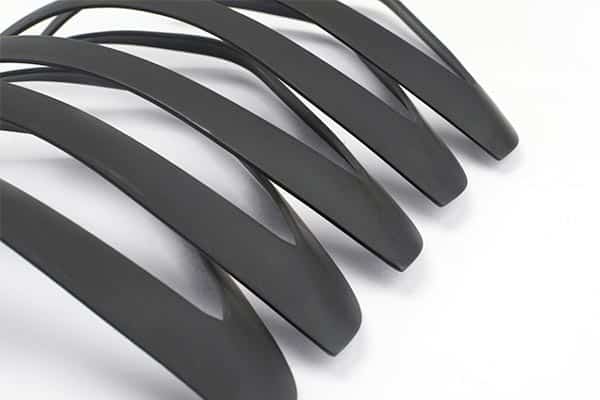Whether crafting prototypes, producing limited runs of intricate parts, or creating finely detailed products, finding the ideal method is crucial. Among the main techniques presented, vacuum casting is a masterful blend of artistry and technology, offering unparalleled precision and flexibility in replication.
The Essence of Vacuum Casting
Vacuum casting, also known as urethane casting or silicone molding, is a highly versatile manufacturing practice employed to fabricate duplicates of master patterns with remarkable accuracy. It is particularly well-suited for producing small to medium-sized batches of complex parts, prototypes, and high-quality end-use products.
How Vacuum Casting Works
At its core, casting entails pouring polyurethane liquid resin or silicone rubber into a mold created from a master pattern. The mold is typically made from a two-party rubber compound, which is poured around the master prototype and cured to form a precise negative impression. Once the mold is ready, it is placed within a vacuum cavity, where air is evacuated to make a negative pressure environment.
With the mold under vacuum, the liquid resin is poured into the mold cavity, filling every nook and cranny with precision. The absence of air bubbles and voids ensures a smooth surface finish and consistent mechanical properties in the final cast parts. After the resin cures, the mold is opened, revealing a perfect replica of the master pattern.
Advantages of Vacuum Casting
- Precision Replication: Vacuum casting excels at faithfully reproducing intricate details and complex geometries with exceptional precision. From fine textures and surface finishes to sharp edges and undercuts, the process captures every nuance of the master pattern with astonishing accuracy.
- Material Versatility: One of the key strengths of casting is its compatibility with an extensive scope of materials. Polyurethane resins come in various formulations, offering different properties such as durability, heat resistance, and flexibility. This versatility allows manufacturers to tailor the material properties to suit specific application requirements.
- Cost-Effectiveness: While traditional injection molding may be more cost-effective for high-volume production, vacuum casting offers significant savings for small to medium-sized batches. The low setup costs and rapid turnaround times make it a striking alternative for prototyping, product development, and limited production runs.
- Quick Turnaround Times: Vacuum casting is renowned for its speed and efficiency. With rapid mold-making techniques and short curing times, manufacturers can produce multiple cast parts in a fraction of the time required for other manufacturing processes. This rapid prototyping capability enables businesses to iterate on designs quickly and bring products to market faster.
- Low Risk and Flexibility: Unlike traditional tooling methods, vacuum casting requires minimal upfront investment and offers greater flexibility for design changes. Manufacturers can easily modify the master pattern or create multiple iterations without incurring significant costs or delays, making it an ideal choice for product development and testing.
In Conclusion
In the intricate tapestry of manufacturing, vacuum casting stands as a testament to the marriage of artistry and technology. With its ability to faithfully replicate complex shapes, textures, and details, it has become an indispensable tool for product development, prototyping, and small-scale production. As innovation continues to drive the industry forward, vacuum casting will undoubtedly remain a cornerstone of precision manufacturing, empowering designers, engineers, and entrepreneurs to bring their visions to life with unparalleled accuracy and efficiency.
Reference
*Image from https://voxelwerks.com/

